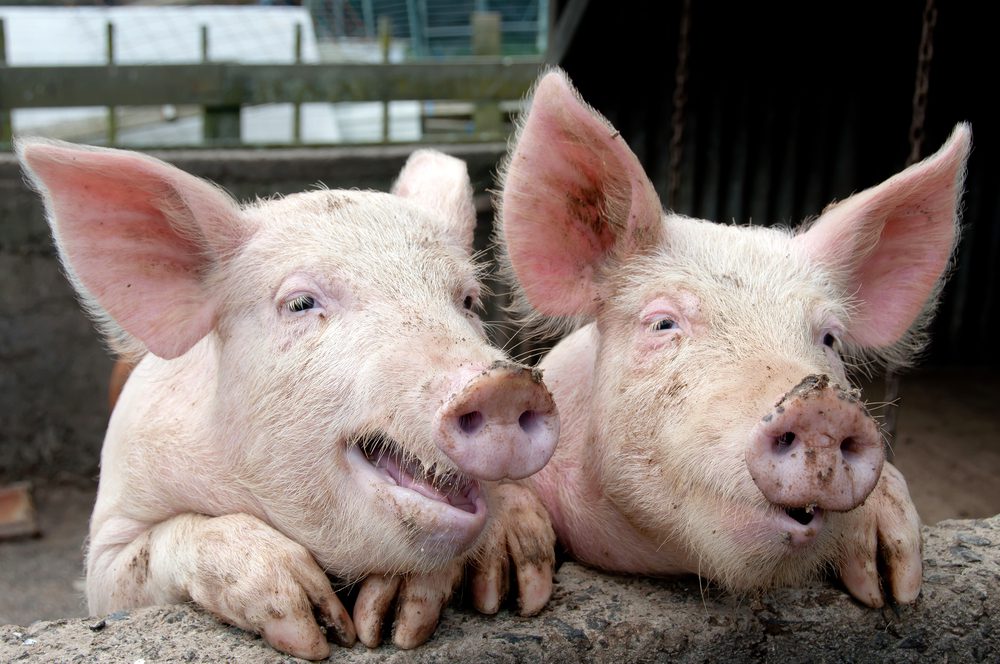A projected fall in EU pig numbers will reduce the demand for feed within that sector over the coming months,” according to AHDB market analyst Millie Askew.
“There is normally a six-month lag between breeding decisions taken at farm level and these then having a real impact on feed demand within the pig finishing sector,” said Askew.
“The German market has already seen a degree of sow culling but this is only happening now within the UK.
It is the pig rearing and finishing sectors that account for the lion’s share of the feed demand notched up by the industry as whole.
“So on that basis, it will not be until the summer before the real impact of the downturn in UK pig numbers is felt by the feed trade.”
Askew agreed that such projections put a large question mark over the prices that will be on-offer to cereal growers next harvest.
“There are surplus grain stocks in the world at the present time. And the prospects for another good harvest in 2016 look quite promising,” she said.
“Supply and demand are the only factors that dictate market returns.”
The Agricultural and Horticultural and Development Board (AHDB) is a levy funded organisation in the UK and is projecting that the outlook for pig prices is not promising for the rest of this year. Low global demand relative to supply is thought to be a key focus point for pig prices throughout 2016.
China, the EU’s largest export destination, is expected to record a slowdown in imports as 2016 progresses. There may be some factors that could boost UK pig prices such as the weakening of the pound against the euro and the EU private storage aid scheme, which may reduce supply
The EU feed manufacturers association (FEFAC) is predicting a 0.5% reduction in overall demand for compound animal feed across the EU in 2016.
Pigs apart, the continuing mild weather is allowing dairy and livestock farmers throughout Europe secure high levels of performance from grazed grass.

